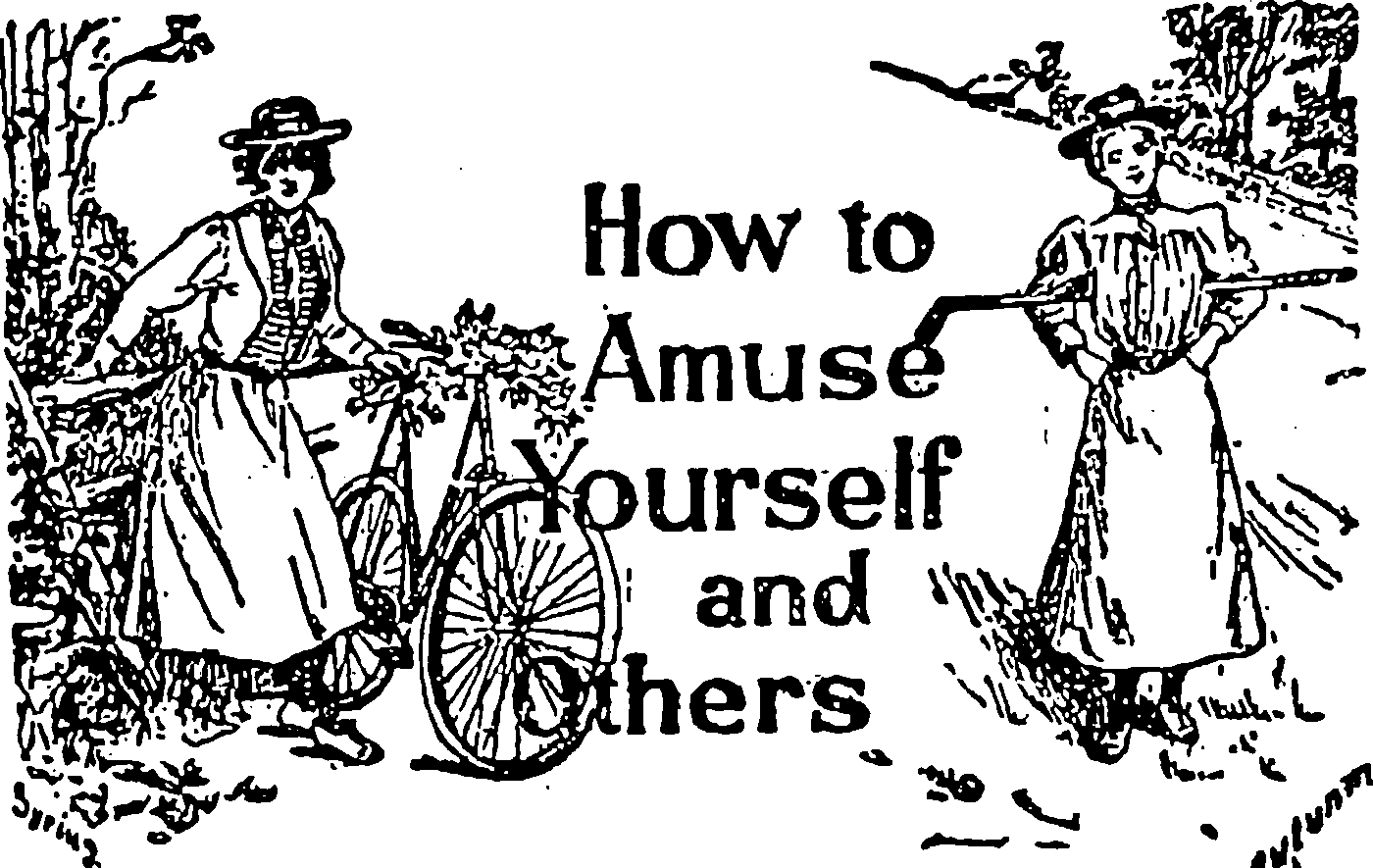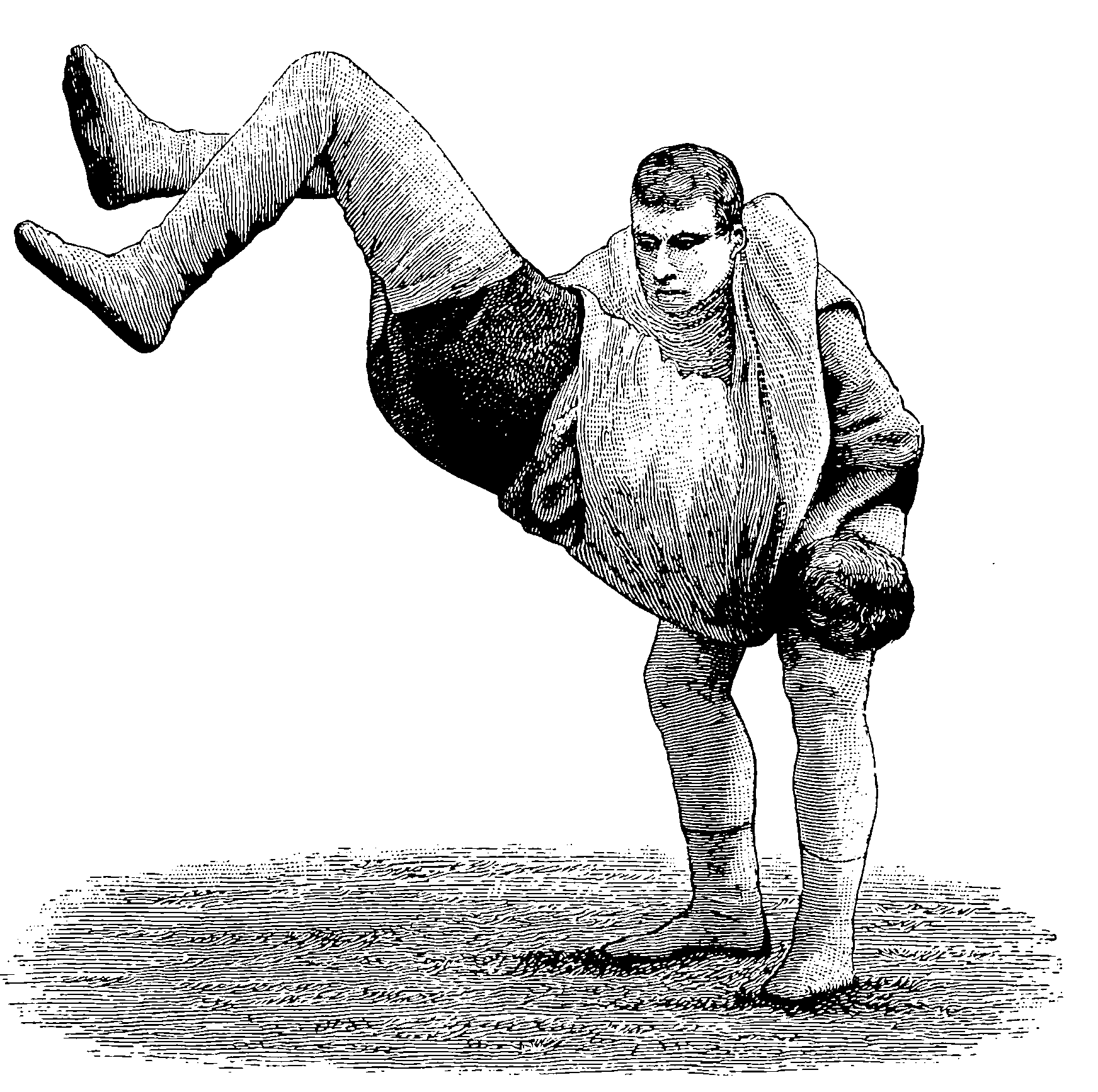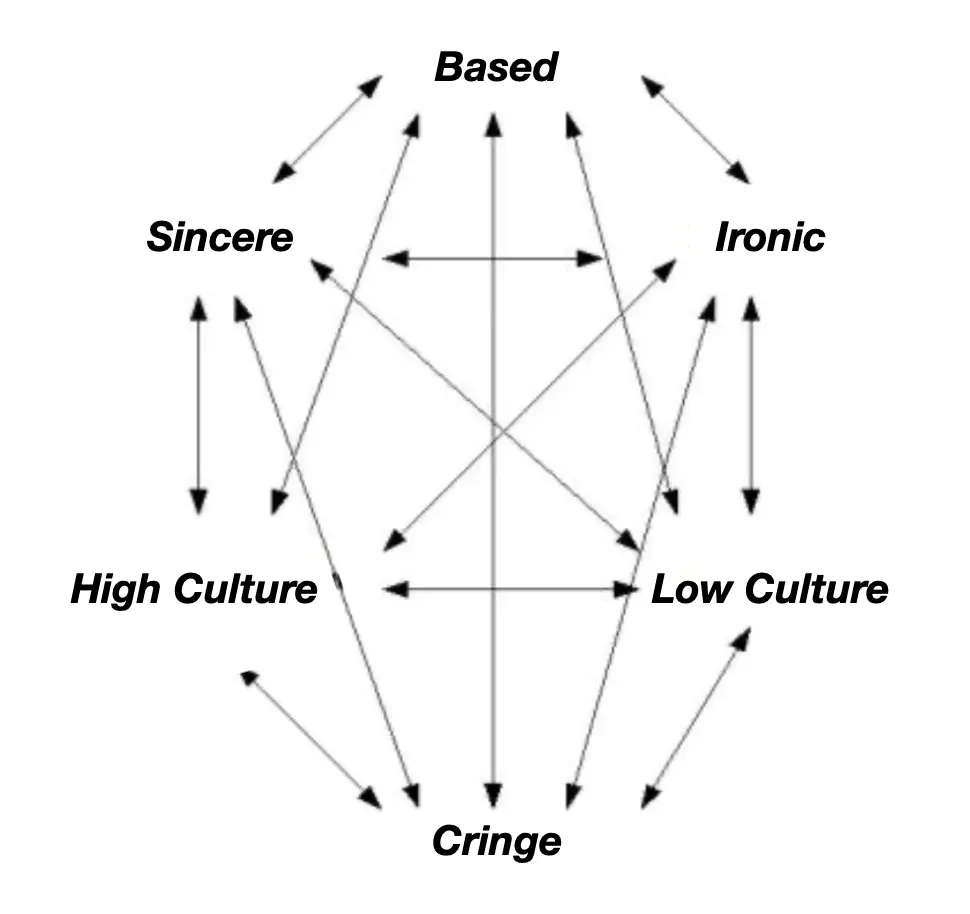Red queen social signal dynamics
Arms races in memetic selection on graphs is how I make my fashion choices
December 17, 2018 — July 24, 2022
Suspiciously similar content
Signalling games, subcultures, slang, El Farol Bars, anti-inductive systems, glass bead games, fake martial arts, level of simulacra, genre speciation, as transmitted on the [social information graphepistemic community …
1 Jokes and irony
See irony.
2 Meme dynamics
See memetics.
3 Martial arts
Fake Martial Arts, A Disorientation
However, even fighters who enjoy making fun of fake martial arts in the “not useful for MMA” sense are still quick to admit that all martial arts are largely fake […]. Ramsey Dewey in particular enjoys demonstrating the fallacy of trying to fight off multiple opponents, or a single opponent with a knife, as opposed to employing wiser (but not useful for MMA!) strategies like diplomacy, going armed, making better life choices, and running the fuck away.…
I have been wondering if there are intellectual equivalents of fake martial arts. The highly ritualized and hierarchical culture of the legal courtroom is one example of how epistemic battles are rendered civilized, and in some ways less real. Yet one can’t deny that legal systems are having a genuine and ongoing encounter with reality, from top to bottom. They are embedded in reality. Their fakenesses serve realities on other levels.
Question: Is this a dig at Yudkowsky?
4 In consumer design
Self-proclaimed premium mediocre intellectual Venkatesh Rao defines premium mediocre:
Premium mediocre is the finest bottle of wine at Olive Garden. Premium mediocre is cupcakes and froyo. Premium mediocre is “truffle” oil on anything […], and extra-leg-room seats in Economy. Premium mediocre is cruise ships, artisan pizza, Game of Thrones, and The Bellagio.
Premium mediocre is food that Instagrams better than it tastes.
Adil Majid thinks it through with a little more precision.
A related concept might be bugman technology. Caveat: that term has snide connotations rooted in romantic struggle against a corporate feminism surveillance complex. As such movement (?) does not seem to me to have a compelling diagnosis of the world’s ills.
5 Incoming
Hales (2005) posits a model in which red_queen signalling is desirable — shibboleths help repel outsiders.
From the classic Byrne Hobart essay, Sin, Secret, Series A. Every startup needs to know something:
A social media site might turn out to be the reductio ad absurdum of the brand-as-lie/lie-as-Schelling-Point phenomenon, since the entire point of user interaction on the site is to make the lie true. If a site markets itself as the place where a certain kind of cool person hangs out, and says it boldly enough to the right audience, it becomes exactly that.
A corollary to this is that for you, every social media site peaks in utility right after you join. When I was barely cool enough to qualify for Quora, Quora was pretty cool to me — but to anyone who’d been on the site for six months, Quora was a formerly cool site now populated by lamers.
Or Steven Wittens, Geeks, MOPs and Lightsabers
Is Beat Saber a game that feels great to play, or is it a game that looks amazing to play? That is, is it for playing, or for watching? The latest update is notable for its rather obnoxious restyling of the entire UI, which replaces the relatively sober title screen with illustrations of people partying. Call me a grouch, but this is normie stuff, for one very simple reason: the people who only show up to the party when it’s already banging… those are not the people who actually make great parties happen. This is trying to ensure people have fun by asking them, with a megaphone to their ear, “Are you having FUN yet???”
He is referencing David Chapman’s Geeks, MOPs and Sociopaths model, which explains subcultural dynamics as a business model, looking at how fun things become mass market things.
The Phatic and the anti-inductive.
Douglas Adams once said there was a theory that if anyone ever understood the Universe, it would disappear and be replaced by something even more incomprehensible. He added that there was another theory that this had already happened.
These sorts of things — things such that if you understand them, they get more complicated until you don’t — are called “anti-inductive”.
Right is the new Left. Metacontrarianism. Nice things:
But what, then, in such a place, is nice? Is nice now an aesthetic, a style, rather than a substance? And hence, is it the aesthetic of having the aesthetic? Has the thing been banished by the symbolic representation of the thing? Does this tyranny of superficial niceness inevitably create a particular ideological cascade? It seems to. Does it banish truth, slowly pressuring all into conformity, via the Scott Alexander quote that cannot be repeated enough times, so here it is again:
Sometimes I can almost feel this happening. First I believe something is true, and say so. Then I realize it’s considered low-status and cringeworthy. Then I make a principled decision to avoid saying it — or say it only in a very careful way — in order to protect my reputation and ability to participate in society. Then when other people say it, I start looking down on them for being bad at public relations. Then I start looking down on them just for being low-status or cringeworthy. Finally the idea of “low-status” and “bad and wrong” have merged so fully in my mind that the idea seems terrible and ridiculous to me, and I only remember it’s true if I force myself to explicitly consider the question. And even then, it’s in a condescending way, where I feel like the people who say it’s true deserve low status for not being smart enough to remember not to say it. This is endemic, and I try to quash it when I notice it, but I don’t know how many times it’s slipped my notice all the way to the point where I can no longer remember the truth of the original statement.
Explaining those odd terms the alt-right use to troll their opponents, and complaints about virtue signallers as virtue signalling.



